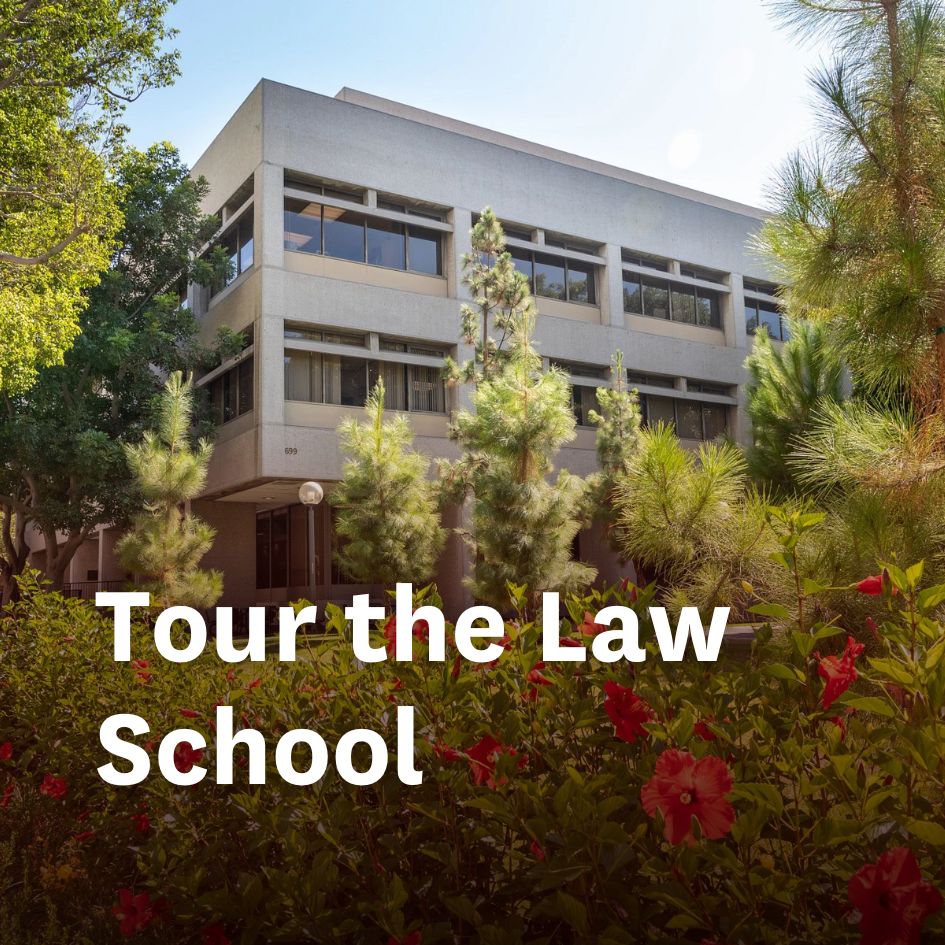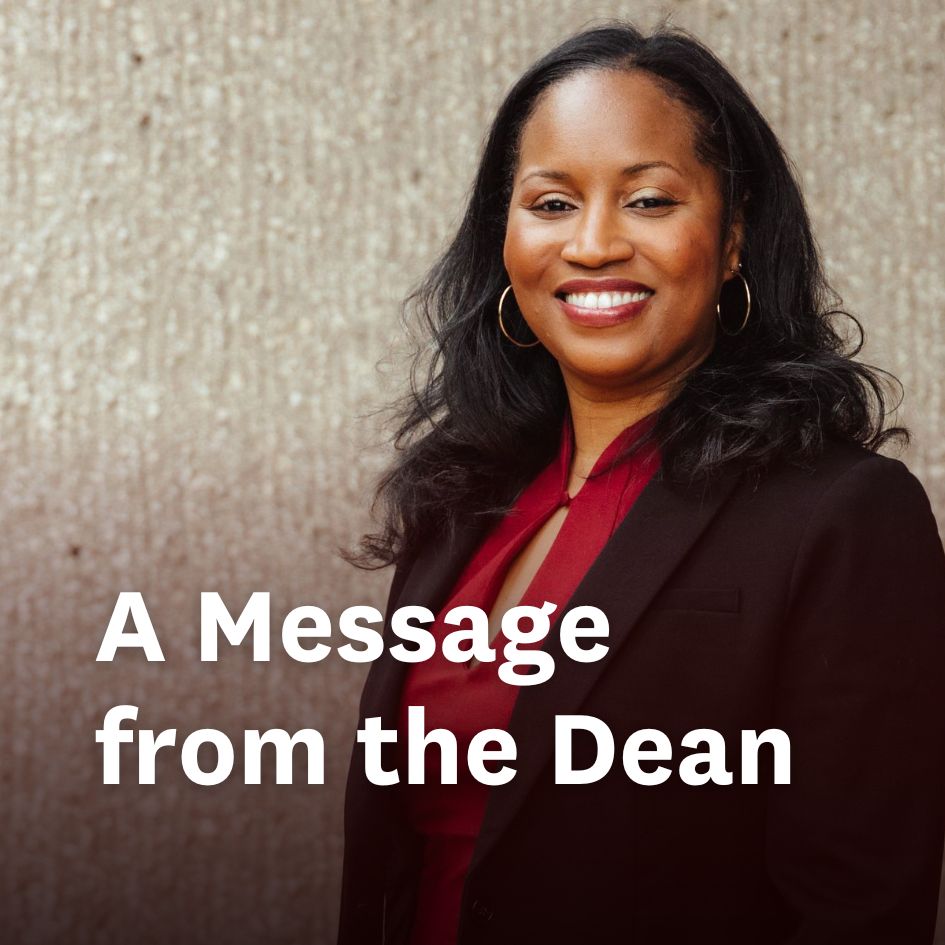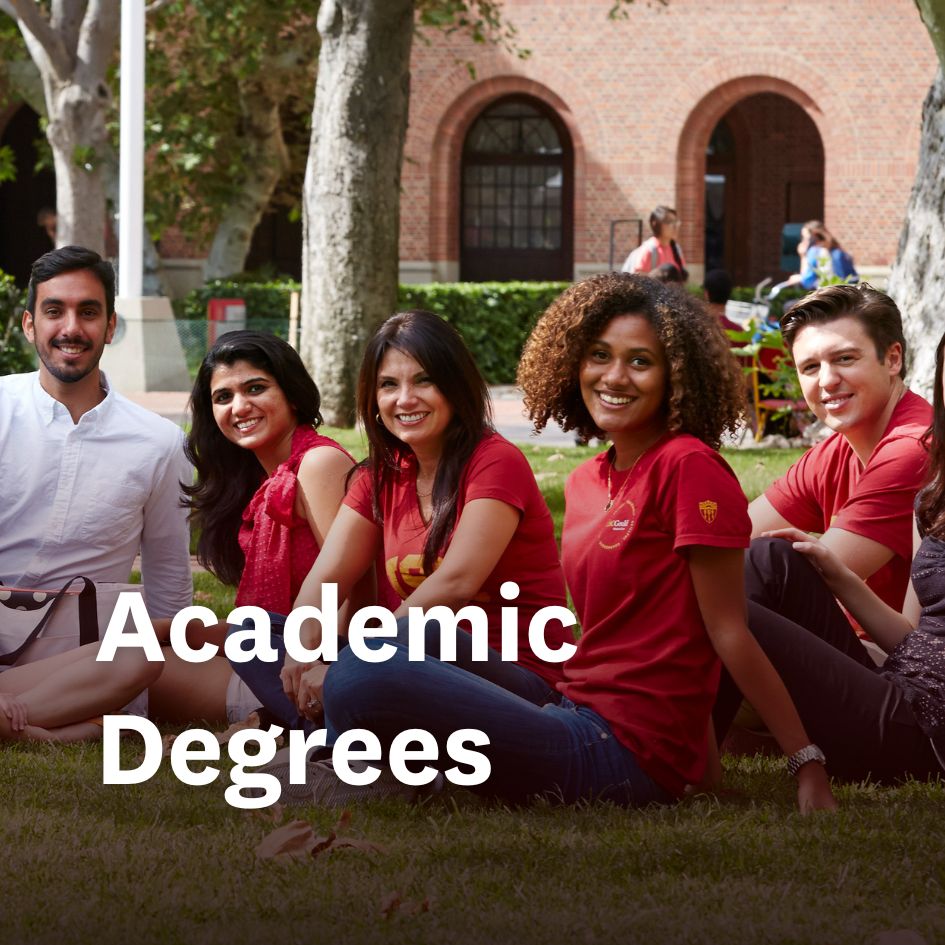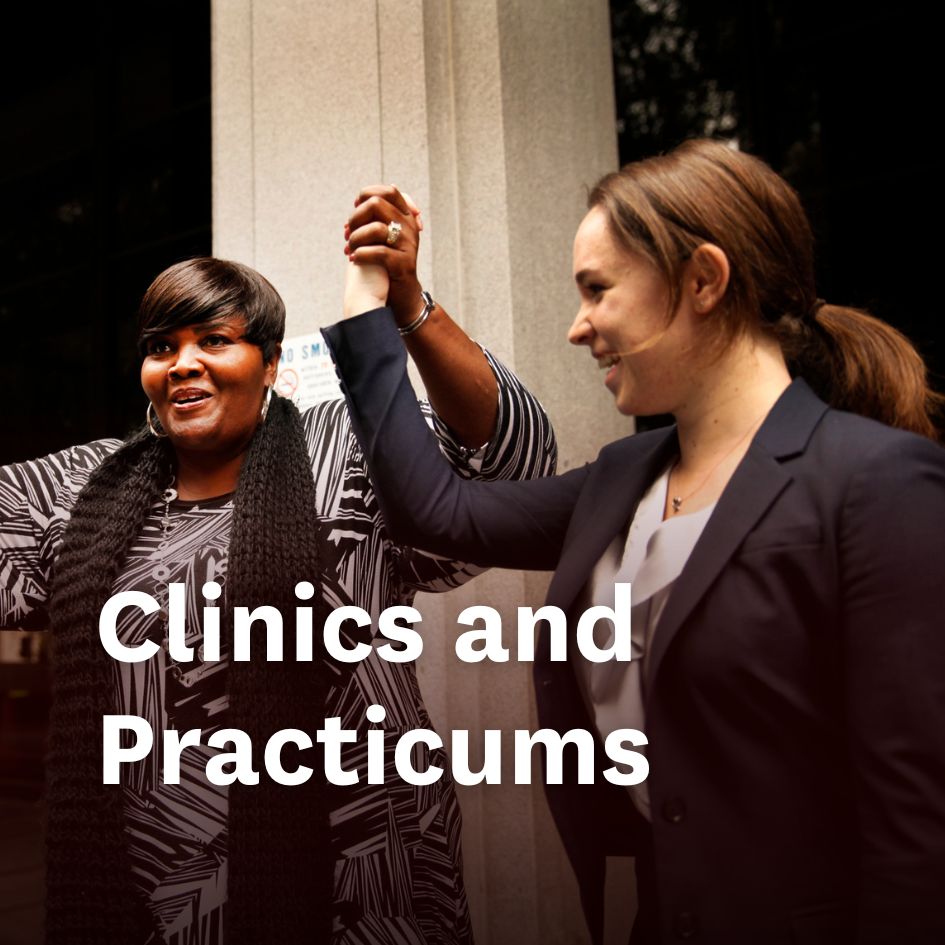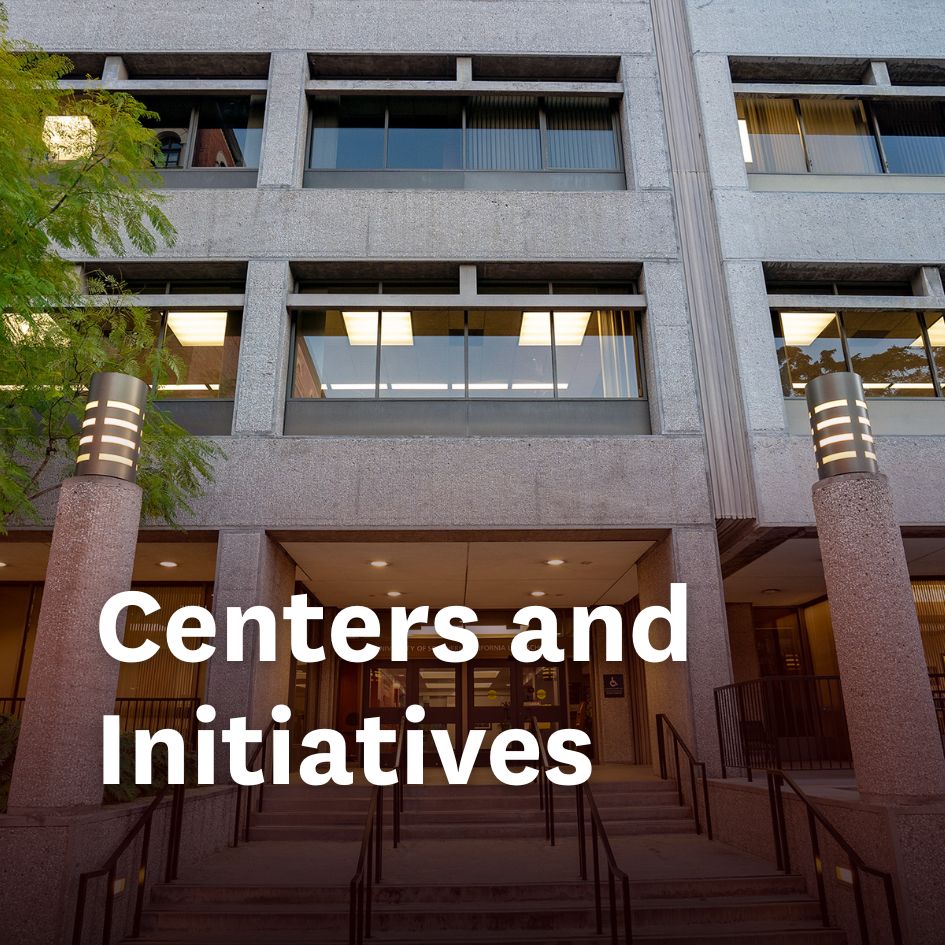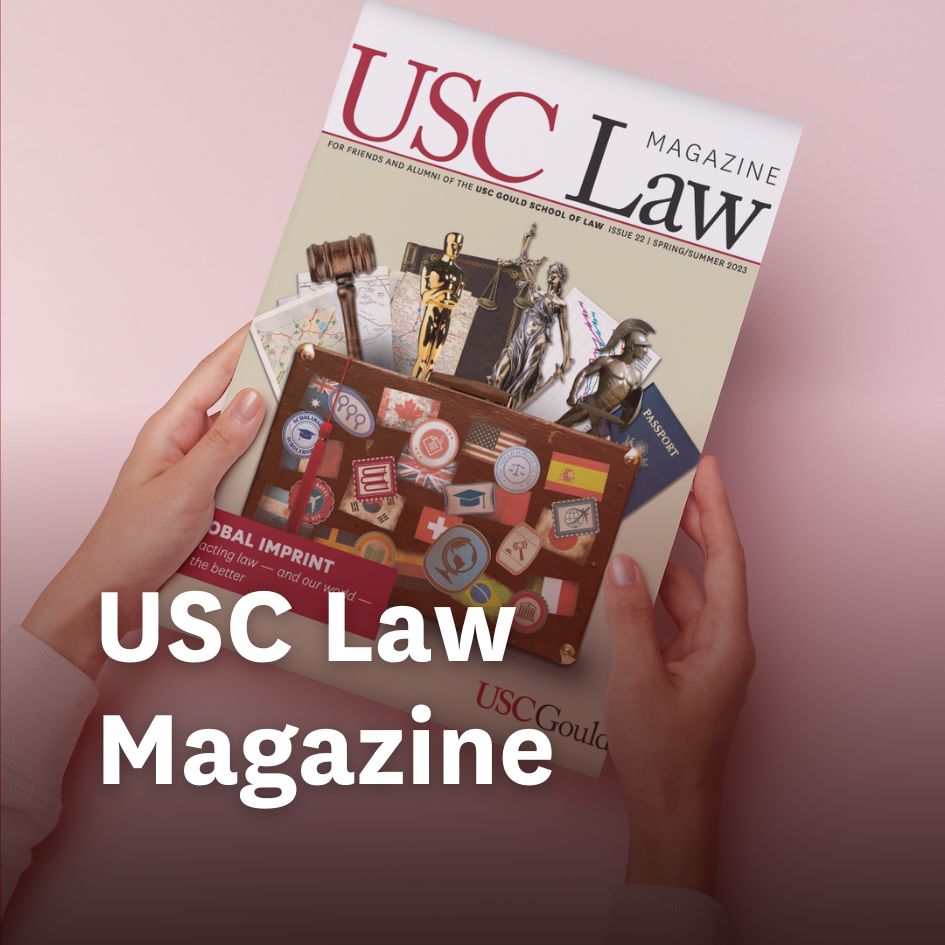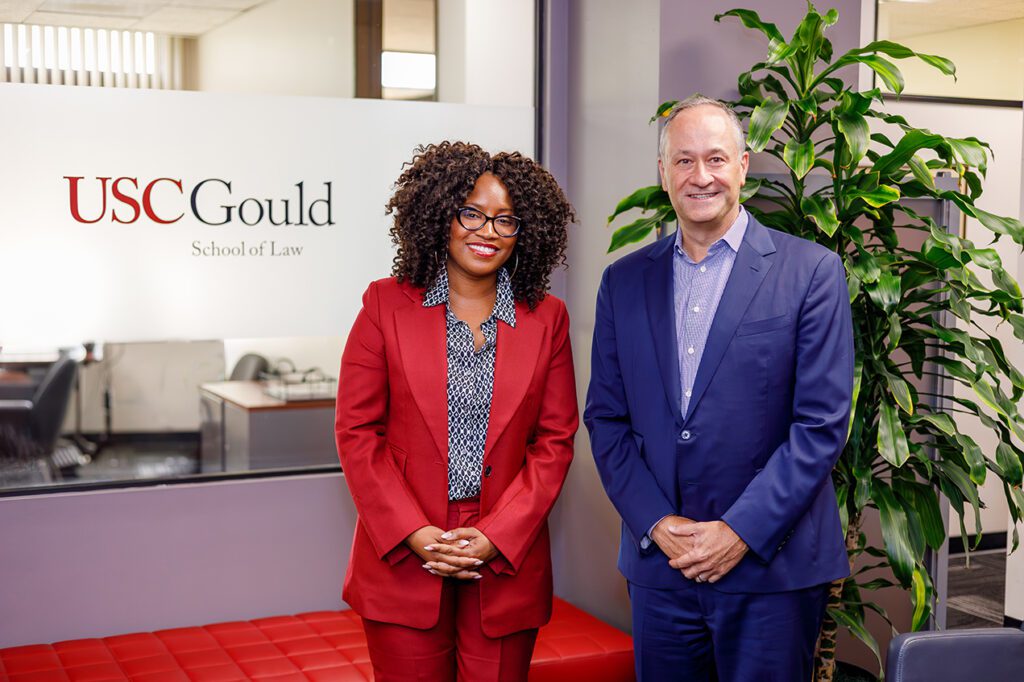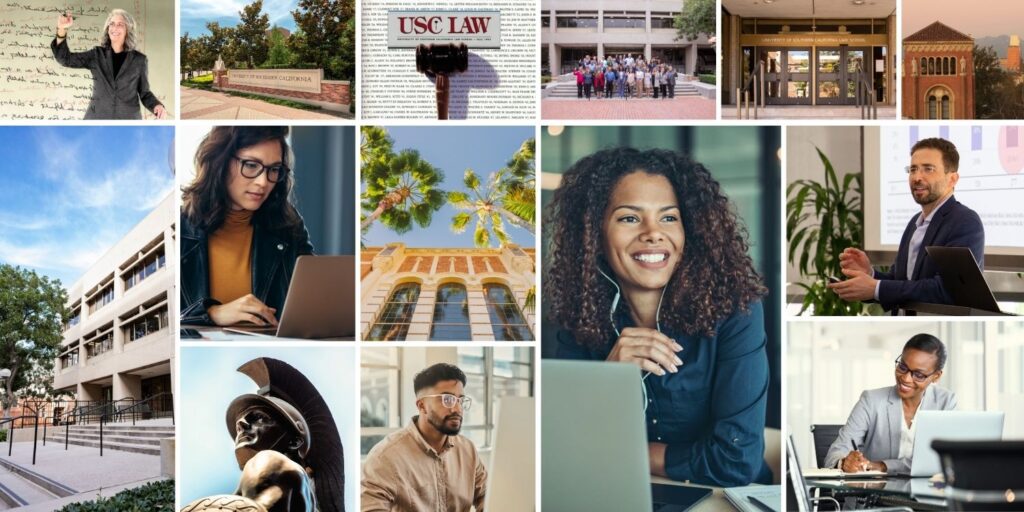By Maria Iacobo
Over the last several years, legal practitioners and educators have recognized that their industry’s reluctance to develop or accept innovative ideas is among the reasons for the profession’s current challenging times. But this recognition has yet to cause a stampede of new approaches.
That’s why Gillian Hadfield is sending new law graduates into the working world with the tools to think and respond creatively to problems that plague much of the legal system. Hadfield, the Richard L. and Antoinette Kirtland Professor of Law and Professor of Economics, designed a new course called Legal Innovations to encourage students to pursue transformative solutions to legal problems.
“One of the reasons we don’t have very much innovation in law is because it’s a very closed system,” Hadfield says. “The idea pool is very homogenous. Everybody in the legal system is trained as a lawyer. It’s all lawyers talking to lawyers.”
Hadfield says that students become ingrained with the idea that risk is something to avoid – at all costs – early on in law school.
“Law is careful, and law gets very focused on examining the risk of what you’re trying to do. [Students] spend all their time reading cases about disasters in relationships: contracts that fell apart, products that blew up, rights that were violated. They end up with a message we don’t actually intend, which is, ‘be afraid, be very afraid.’”
After graduation, lawyers practice in a risk-averse manner, further hindering advancement across the legal sector. It’s a cycle Hadfield aims to break.
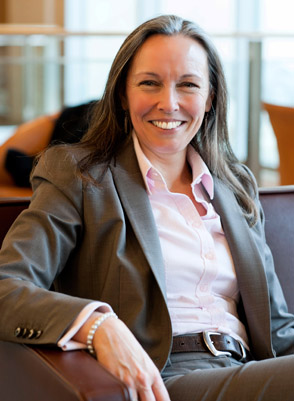 |
| Prof. Gillian Hadfield |
Examining problems in the legal system
Sean Wilson ’13 says Hadfield’s class was, by far, the most unusual of his law school education.
“Generally, in law classes you’re doing two things: you learn the framework for how the law is and what the state of the law is; then, you learn how to solve problems within that framework,” Wilson says. “In the [Legal Innovations] class, the first thing you say is, ‘Forget the framework. Would the legal world work better if the framework looked like this?’”
Hadfield begins with students examining areas of the legal system that are mired in problems such as: access to justice; the issues of cost, efficiency and complexity in corporate law; governance in poor and developing countries; and legal education. Students meet in small groups to discuss what kinds of changes are needed and the feasibility of the changes they propose. During the semester, students develop a proposal to do “something different” in the legal sector to improve outcomes.
Jaime Heine ’13 and Daniel Amato ’13 developed a private consulting firm to help developing countries improve their legal infrastructure. As a specific example of what such a firm might do, they proposed helping to establish a self-regulatory organization to support the development of mobile phone banking and payment services in Kenya.
“We were trying to think of a better way to provide legal services to developing countries as opposed to just throwing money at the problem,” Amato says. “And we wanted to do it in a completely different way that didn’t require countries to essentially just turn over the country, or a part of it, to an outside advisor or operator.”
Adds Heine: “Businesses can’t take off without supportive legal environments. If you don’t have a vibrant economy it’s hard to build a stable intelligent government that can build this. So – could we as a private firm come in and build that type of support and advice?”
Student's idea elicits praise from experienced lawyers
Wading through the plethora of articles deploring inefficiency created by billable hours, David Peer ’14 decided to address the issue for his final project. Peer proposed to amend the ABA Model Rule 1.5, which establishes the ethical standards for reasonable fees. He says the initial reaction by many: you can’t do that.
“I think it’s hard once you’ve been practicing and using the rules for so long to think that there could be a better set or a different set of rules,” Peer says. “It’s easier for somebody who doesn’t have that ingrained in them to think that there could be another way to do it.”
Peer structured his amendment to focus on value and results for the client.
“Billing by the hour promotes inefficiency in some sense,” Peer says. “There’s no reason to get a job done in ten hours if you do it in 20 and get paid more in 20.”
Michael Roster, a USC law lecturer and former chair of the Association of Corporate Counsel, discussed Peer’s proposal with ACC members. Five years ago, Roster and an ACC team implemented their Value Challenge, an initiative to reconnect the value and cost of legal service.
“When we saw David’s proposal, we chuckled,” said Roster. “He went to the heart of the matter in a basic direct way that none of us had thought about. Many great breakthroughs seem self-evident once they appear, like E=MC2. David, with amazing clarity, said, ‘Why don’t we change the model rule for fees?’”
Peer and Roster plan to publish the amendment proposal in a journal before submitting it at a future ABA House of Delegates’ meeting.
Hadfield was wowed by the creativity and feasibility of the students’ projects. It was only the second time she had taught the course – the first at Harvard as a visiting professor in 2012 – so she herself was not certain how far her students would take their ideas.
“I wanted them to be transformative and to graduate as people who don’t have blinkers on,” she says. “I want them to have a much broader view of what we’re doing in law and that it doesn’t have to look this way.”
For their part, the students credit Hadfield for pushing them to let go of their fixed ideas and pressing them to examine the what, why and how of their proposals.
“In other classes, the teacher might tell you, ‘We don’t need to talk about that, we just need to know what the law is,’” says Wilson. “Prof. Hadfield says, ‘Yes! Absolutely! Run with that! Keep going! Expand that! Explode it! Take it out to the stratosphere!’”
Tim Biche ’13 says he expects to apply what he learned in Hadfield’s class when he starts work this fall.
“I don’t think there’s any other class in law school that’s similar to it or any professor doing what Prof. Hadfield’s trying to do, so I’m very glad I got to do it,” says Biche. “I’m excited about the things I learned and looking forward to carrying those with me for the rest of my career.”


